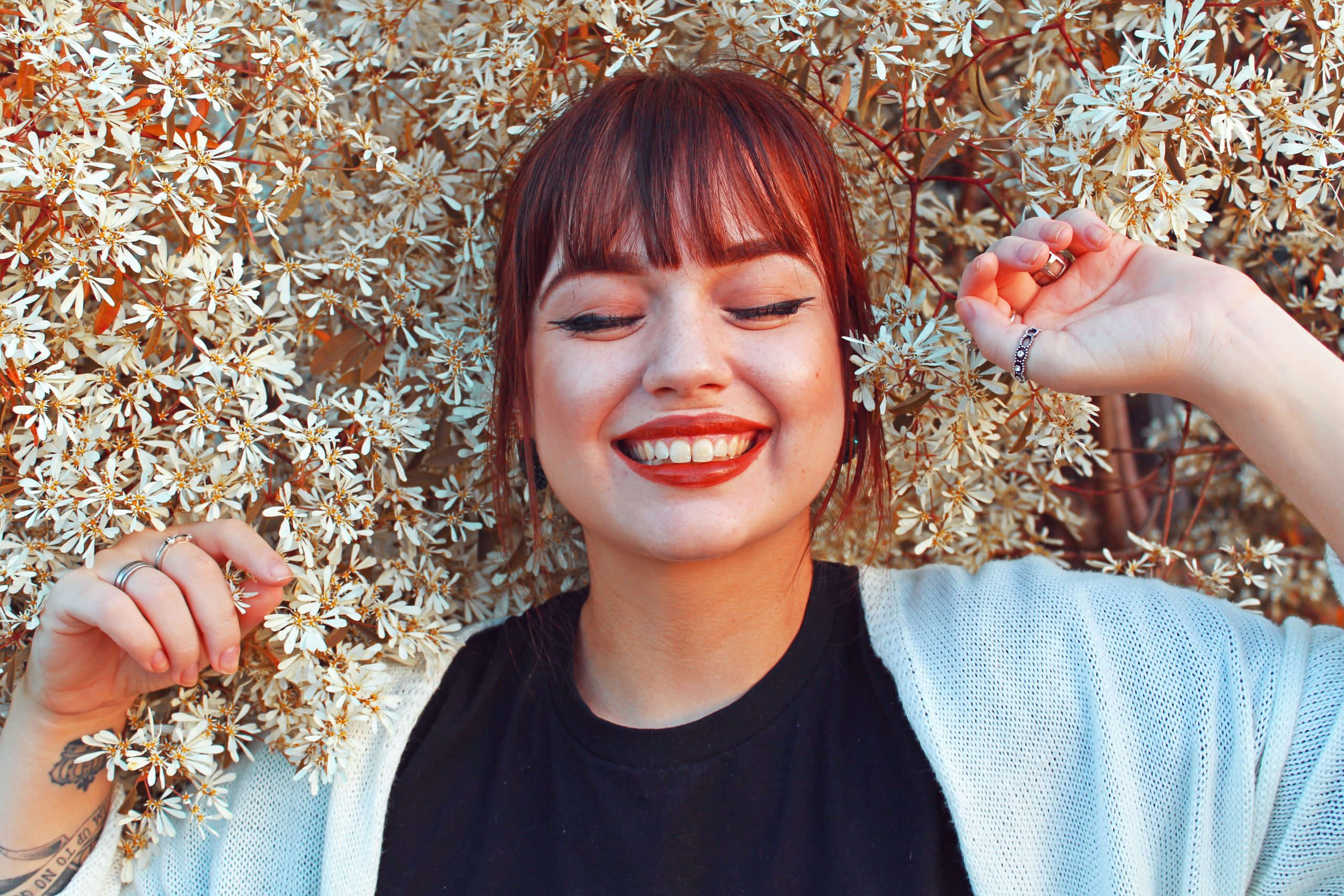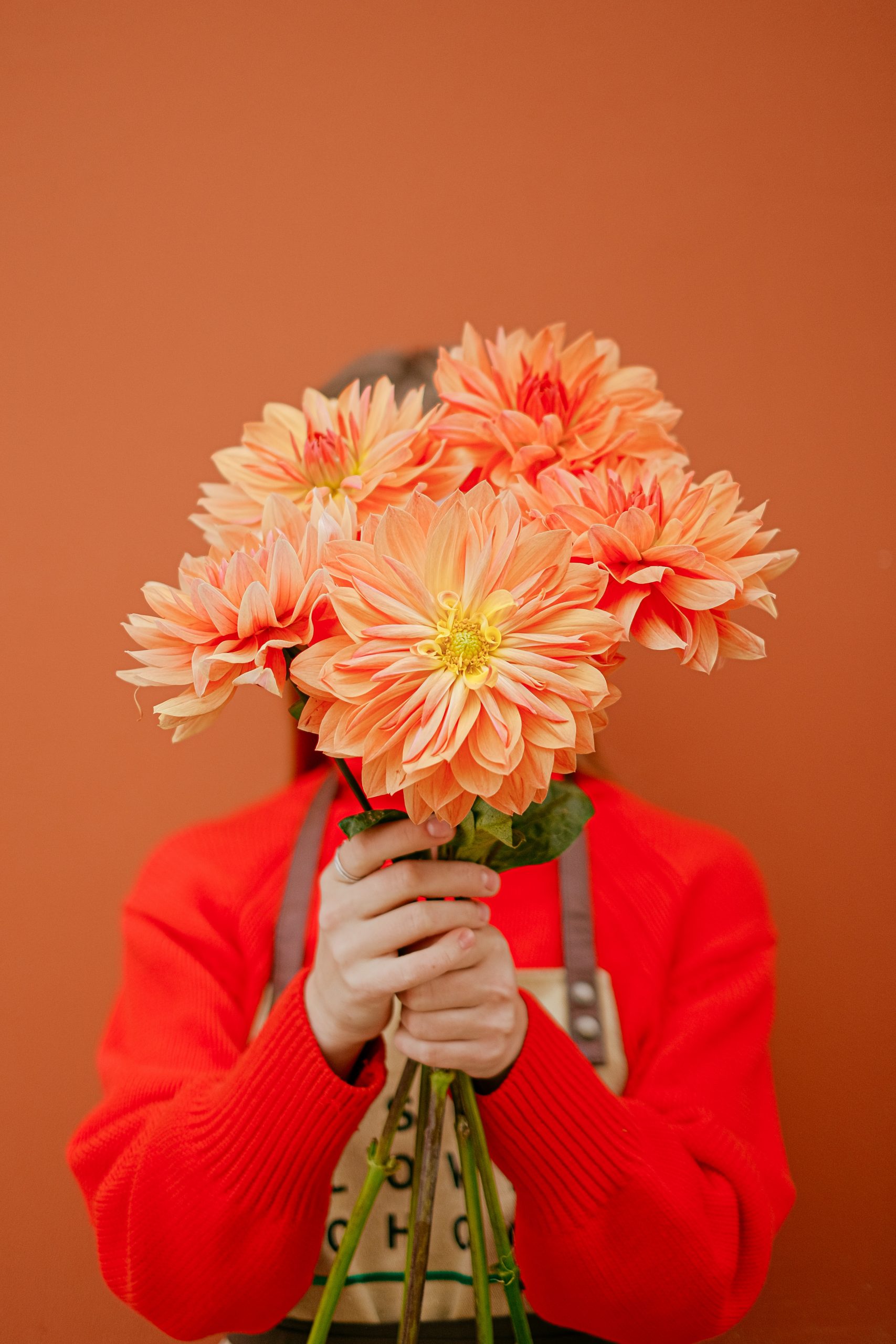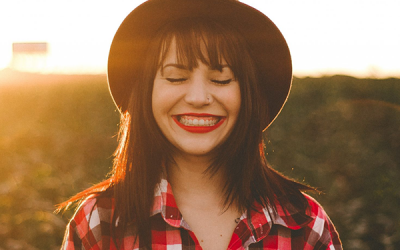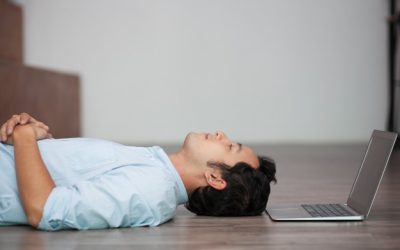Art For Well-Being

Art is often used as a healing tool and is associated with reducing stress and anxiety as well as combating depression whilst improving the immune system among other things.
What is Well-Being?
Every day we do our best to avoid illness, disease, and any kind of harm to our health. For this, most of us eat nutritious diet and engage in physical exercise. In other words, our general aim is to prevent or avoid ill-health and remain healthy, which is a perfectly understandable goal.
However, experts suggest that if a person is not experiencing any disease or illness it does not necessarily mean that the person is healthy. Put differently, being healthy doesn’t simply mean not experiencing illness. Experts point out that well-being is a necessary and essential element of health. According to the World Health Organization (WHO), “health is a state of complete physical, mental, and social well-being and not merely the absence of disease or infirmity.”
This means that health is not just the absence of illness and disease; it is the experience of physical, social, emotional, and psychological well-being. The American Psychological Association’s Dictionary of Psychology describe well-being as “a state of happiness and contentment, with low levels of distress, overall good physical and mental health and outlook, or good quality of life.”
Types of Art and Creative Expression
Art refers to the diversity of activities that includes creation of literary artifacts, visual artifacts, auditory artifacts, or performances as the means to express and convey the creator’s imagination, technical skills, or conceptual ideas, where the primary aim is appreciation of beauty or emotionality. This is the broad and general meaning of the term art.
Art and creative expression in the context of mental health and well-being mean the same to a great extent. Hence, different types of creative expressions and art used to promote mental health and well-being are:
- Literary art – creative writing, poetry, stories and tales, script writing, etc.
- Visual art – drawing, mandala, painting, sketch, photography, collage, sculpture, poster, etc.
- Auditory art – singing, playing a music instrument, listening to music, etc.
- Performing art – dance, drama, role-playing, puppetry, etc.
As you can see, these creative expressions are very similar to how we normally refer to art. The difference lies in the reason for which they are practiced. As mentioned, art in general terms is aimed to express emotional power and beauty. However, art in the field of mental health is practiced to process and express feelings, emotions, anxiety, stress, trauma, fears, ideas, and thoughts so as to gain a better understanding of one’s psychological functioning, and promote well-being. This is a crucial distinguishing factor between art or creative expression in general compared to in the context of mental health.

Art for Stress and Anxiety
Years of research suggests that use of creative expression significantly helps to reduce anxiety as well as stress. So how does it work? When doing art, a person has to direct his or her full attention to the creative task at hand. Creative expression in this manner helps to redirect our attention from thoughts and emotions that are causing anxiety or stress to ideas related to the creative task.
For instance, drawing or colouring mandalas can benefit an individual as he or she will have to regulate his or her focus from worry, stressful thoughts or anxious feelings to drawing and colouring the mandala. The individual has to now imagine and visualise a pattern for the mandala, the colour combinations, the size as well as complexity of the mandala, and other choices to reproduce the mental image of the mandala on paper as accurately as possible. This forces the mind to divert itself and focus on these decisions to be made throughout the creative process.
In this manner, creative expression redirects the person’s attention which makes him or her feel calm and relaxed. Stress dissipates and anxiety diffuses as the person engages in the artistic process, which in turn allows healthy and objective processing of thoughts, feelings, and emotions. With a clear and clam mind, the person is able make better decisions, effectively solve problems, set realistic goals, and respond to situations instead of impulsively reacting. Art therefore provides an avenue to creatively express one’s anxiety and stress.
Art for Mood and Emotions
Emotions are tricky: sometimes we express more than is required and other times we fail to express them at all. It becomes crucial to strike an emotional balance because the way we feel and express our emotions plays a vital role in maintaining our physical and mental health as well as cordial social relations. In the context of mental health, ventilation means full and free expression of feelings and emotions. Thus, healthy ventilation of emotions becomes the backbone of a healthy body, mind and spirit.
Bottling up feelings and avoiding emotional expression often leads to problems related to emotions and mood, such as sadness, irritability, trauma, fear, phobia, depression, extreme mood fluctuations, anger, and self-sabotaging behaviours. For a number of reasons, people often refrain from ventilating their emotions, which leads to an array of ill effects on their well-being. This should be avoided as emotions are meant to be ventilated; in other words, emotions are meant to be freely let out and fully expressed.
At times, we tend to seclude our emotions, hide them away, or experience discomfort in expressing them. In such instances, using creative activities to express these emotions in an indirect manner leads to constructive emotional ventilation while safeguarding against explicit verbal communication of these emotions. In other words, it becomes a win-win scenario for our well-being.
An example of using art for emotional ventilation includes listening to or playing music tracks that are in tune with one’s mood or emotions. Another instance is painting one’s way to emotional expression. This involves spontaneous and uncontrolled use of colours to symbolically represent one’s emotional experience through painting. Here, painting helps to release pent up emotions as well as boosts creativity.
Art for Self-Expression and Self-Awareness
All of us sometimes struggle with thoughts, emotions, feelings, ideas, events, and situations that we cannot or do not want to verbally express. In situations like these, art and creative expression become an effective outlet to express ourselves in a safe manner.
Engaging in creative expression often helps us to discover new aspects of ourselves that we were unaware of before. This is especially true in the case of certain expressive activities that develop an individual’s awareness about himself or herself. This is possible as it becomes easier to identify and understand feelings, thoughts and experiences that exist below the surface of our conscious mind when we focus on a creative task.
Using thoughtful activities and exercises, and the guidance of a compassionate therapist when need be, we can learn to creatively and constructively express our feelings that we cannot or do not want to speak about. Art allows us to express ourselves and get in touch with our own feelings and thoughts in an indirect, fun, and nonconfrontational manner. Creative self-expression foster connection between our experiences, emotions and thoughts in a healthy and rewarding way.
Benefits of Creative Expression

Mentioned above are some of the major benefits of using art to promote and maintain our well-being. Use of art and creative expression benefits a person’s mental health in numerous ways. Following are some of the major ways in which art and creative expression benefit our well-being:
Self-discovery and self-awareness:
Engaging in creative activities can help in recognising and acknowledging feelings that have been lurking in our subconscious mind. This is known as emotional catharsis, which is often triggered by art and creative expression. As a result, we are able to identify feelings, fears, and thoughts that we would not apparently be able to recognise. This increases awareness about ourselves – our thoughts, fears, and feelings.
Self-esteem and personal fulfilment:
Learning and practicing any form of art nurtures a sense of self-accomplishment that can be very valuable in boosting our self-appreciation. In addition, creating a tangible reward (a work of art) builds confidence and promotes feelings of self-worth.
Emotional ventilation:
The ultimate benefit of art is to provide a healthy outlet for expressing and letting go all our fears and feelings in a safe, indirect, and constructive way. Sometimes it is difficult to express complex emotions like anger or sadness. When we are unable to express ourselves but desire expression of our emotions then making art can be an effective and healthy way to express these feelings and thoughts.
Relaxation and stress relief:
Combating anxiety, stress, depression, insomnia or emotional trauma can be very challenging both mentally as well as physically. Practicing art acts as a distraction, interrupting the train of anxious or stressful thoughts as all attention needs to be concentrated on the creative process. Creating art can help to relax the body, calm the mind, soothe the spirit, and eventually relieve stress.
Empowerment:
Practising any form of art helps us to creatively express emotions, thoughts, and fears that we were never able to articulate through words. This provides a sense of control over these thoughts and feelings.
Lastly, it is very important to understand that one does not have to be a talented, skilled, or trained artist in order to use art for one’s well-being. All of us are innately creative. The focus should be on expressing one’s thoughts and emotions rather than creating a piece of art. Simply put, be yourself and express your creativity as you wish to. The aim is to unleash your creativity, to let the inner artist express your feelings and thoughts. If effective emotional expression is achieved, consider it to be a successful use of art in promoting well-being.

Social Science and Mental Health Researcher
A trained social worker and mental health professional skilled at trauma-focus counselling, psychological first aid, suicide intervention, art-based therapy, and projective techniques.
FREE DOWNLOADS
Related Blog Posts
Understanding Happiness – The Secret to a Happy Healthy Life
Take a moment and remember the last time you felt like you had a purpose to live, your internal being was satisfied to be in the moment, and that moment could not be replaced by anything. Happiness is nothing else but a state of satisfaction and contentment. Happiness...
Men and Mental Health – Men have feelings too
For anyone having any illnesses, especially related to mental health, talking to anyone about it can seem extremely difficult be it even with a mental health professional.






0 Comments